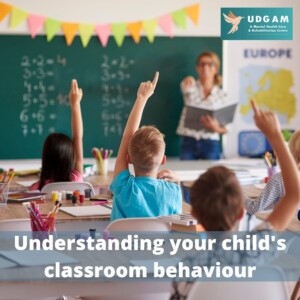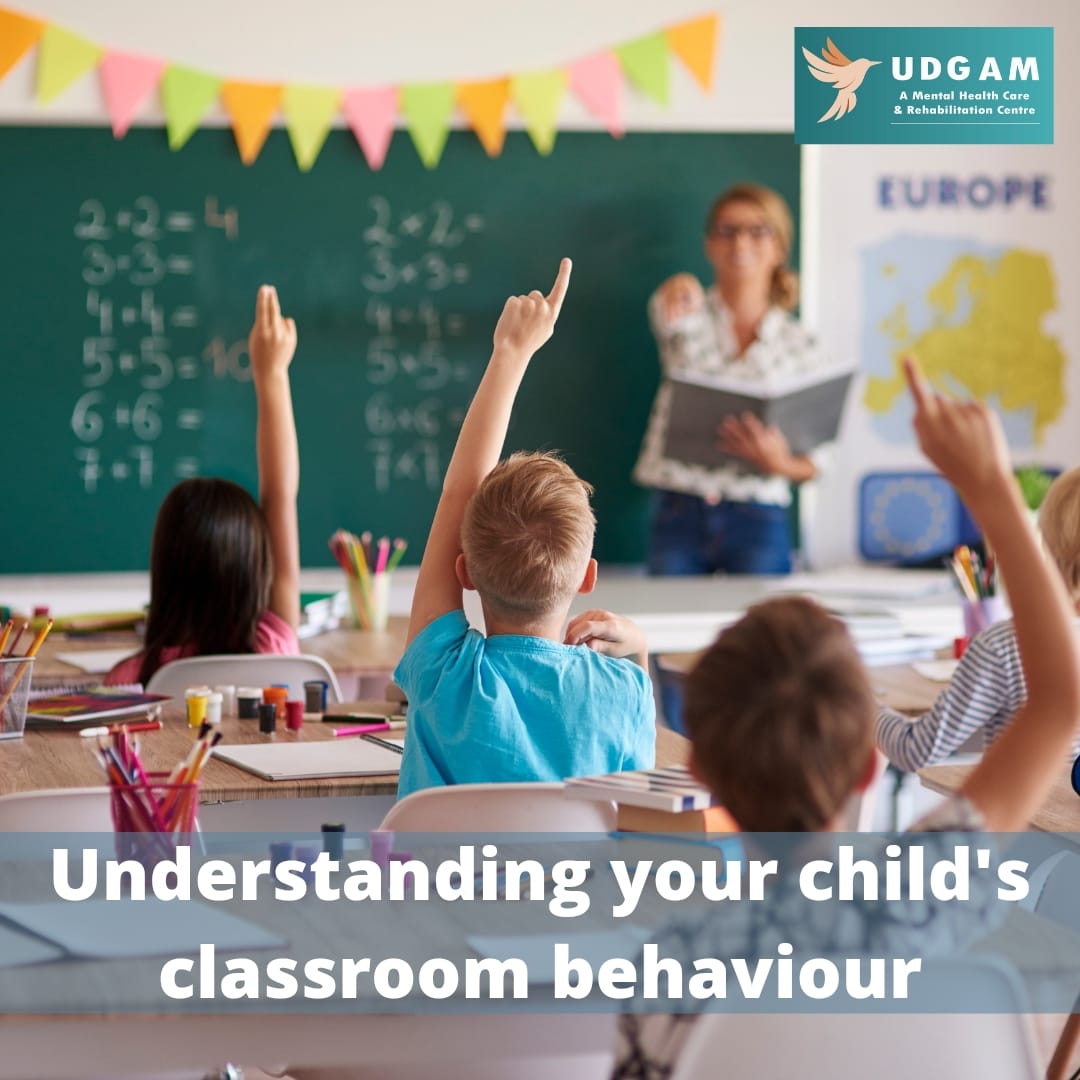How to Understand Student’s Classroom Behaviors

Teachers have been givers of knowledge for generations. But as each new generation approaches, the teaching style must be modified. Knowledge is useful, only when it is accurate and understandable.
To understand your student’s classroom behaviours, we must divide the behaviour into two parts,
Overt behaviour is observable in classrooms, it affects performance. It can be shouting, hitting, making remarks, arguing, bullying, crying, or sleeping in class.
Covert behaviour is not observable but still affects performance. It can look like staring at random objects, not making eye contact, staying silent, having no friends, or struggling to get through the day.
To identify the reasons a child might be disruptive in class, here are a few points to consider:
- Is that child a slow learner?: they have a problem picking up information quickly, yet after a bit of practice, they perform well.
- Is that child having a learning disability? Despite practice and good IQ, the child is still struggling to perform.
- Is that child not challenged enough? There can be a possibility that the child is disinterested in studying due to boredom, or they don’t feel that it is necessary.
- Is the child able to follow your teaching style? Learning style is a very important aspect of teaching, even a good teacher finds it difficult to teach a child if they have a different learning style.
- Does that child have a neurodevelopmental disorder? Disorders like ADHD, ASD, SLD or even other mental health disorders can become a huge barrier to the child’s performance. Lack of attention, hyperactive disruptive behaviour, withdrawn behaviour, poor grades, hitting, crying, body pains and arguing can be a few of the symptoms. Ensure that parents are aware and provide children with necessary help.
- Is the child going through something difficult in his private life? There can be plenty of life experiences that are traumatising and can affect a child’s performance and behaviour. Situations like the loss of a loved one, a major fight between parents, disruption in family accidents, etc.
A child who is not disruptive shows obedience to authority is organised and brings favourable results is seen as an ideal child. But every classroom has a mixture of these qualities on multiple levels. With such a mixed group it is hard for a teacher to identify a child’s weaknesses and strategies to overcome them. The following tips can prove to be beneficial to a teacher:
1- Identify the areas in which a child is lacking: a child might find it difficult to perform in some areas, so the first step is to identify the weakest area. It can be academics, sports, social relations or behaviour. Problems can be managed when they are correctly identified.
2- Know the level of dysfunction the problem causes: once the problem has been identified, measure the effect it has on the daily life of the student and school performance. Evaluate the need for outside help (school board, doctors, mental health professionals or special educators). Keep a list of these professionals who can be contacted if the need arises.
3- Acknowledge the struggle: In some cases, the problems can be physical (eg: developmental disorders) or mental (eg: mental health issues) or both. And sometimes it can be situational (eg: family environment or bullying). Teaching students to accept and work on their issues, showing them support and making their parents aware of the problems are necessary.
4- Adjust the working environment: another big responsibility for a teacher is to adjust and accommodate the student into the school environment. To ensure that the environment is such, it benefits growth.
5- Stay in touch: don’t disconnect from the child, unless it is required. Ensure that you speak to them, and ask after them. Don’t intrude but observe. You can also try to make ‘speaking to you’ a safe space for the child, by gaining their trust and showing emotional support.
There are plenty of pointers to keep in mind when working with children, but the struggle is to help them continue their treatments or provide them with a nurturing environment as well as provide education.
We at Udgam want you to know that you are doing your best, and it is never a wrong idea to seek professional advice. As a teacher, your responsibilities are plenty but so are your strengths. Work for the betterment of students and keep expanding your knowledge. Stay tuned to this website to learn more.
Anuja Sathe
Counselling Psychologist





